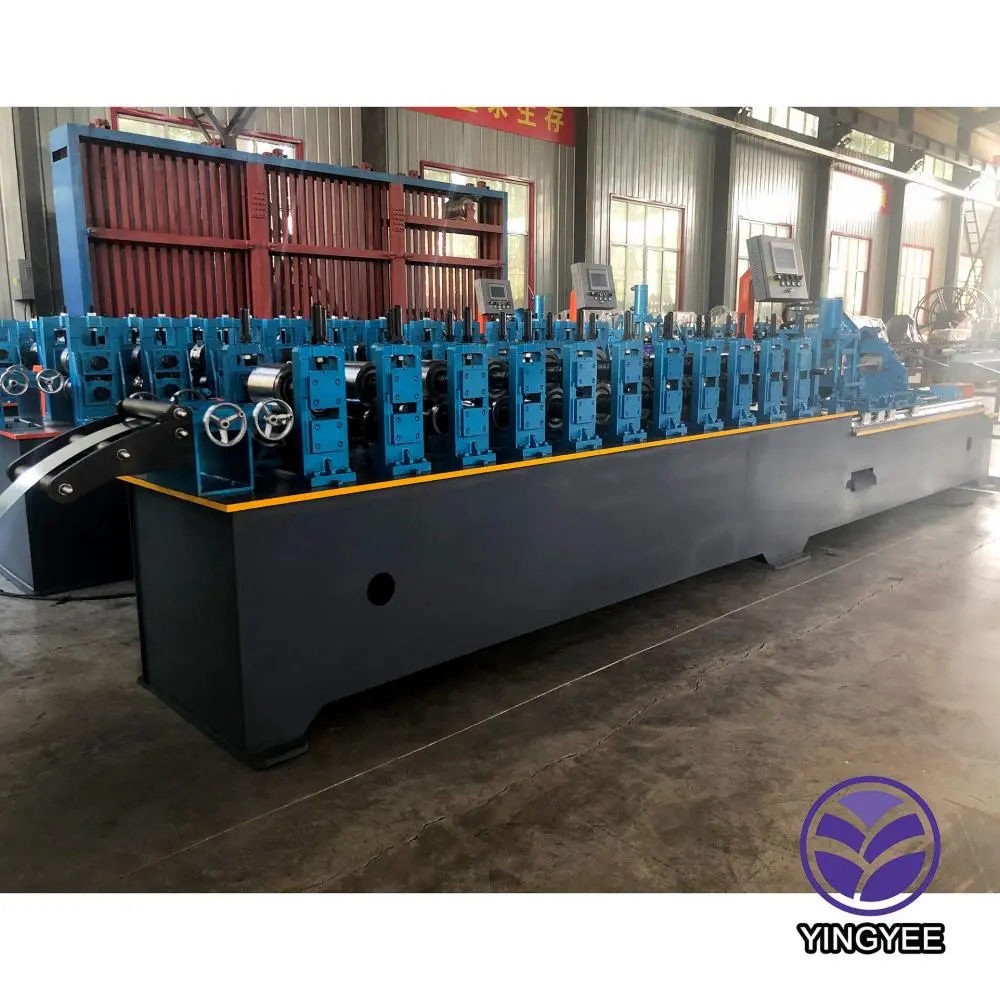
The Metal Deck Cold Bending Machine An Essential Tool for Modern Construction
In the rapidly evolving world of construction, efficiency and precision are paramount. One of the standout innovations that has transformed the metal fabrication process is the metal deck cold bending machine. This specialized equipment plays a crucial role in the construction industry, particularly in the fabrication of structural deckings used in buildings, bridges, and various infrastructures.
Understanding Metal Decks
Metal decks are integral components in modern construction, serving as the floor systems for multi-story buildings and other structures. They provide strength, support, and durability, making them indispensable for architects and engineers. Typically made from galvanized steel or other alloys, metal decks can withstand substantial loads while being lightweight enough to ease the burden on supporting structures.
The Basics of Cold Bending
Cold bending, a process that involves shaping metal at room temperature, is a technique favored for its ability to produce intricate curves and angles without the need for heating. This method minimizes the risk of altering the material's properties, preserving its strength and integrity. The metal deck cold bending machine is engineered specifically for this process, allowing for high-precision bending that meets the stringent requirements of modern architectural designs.
Features of Metal Deck Cold Bending Machines
Metal deck cold bending machines are equipped with advanced technology that enables operators to achieve superior results
. Some of the key features include1. Precision Control These machines come with digital control systems that allow for precise adjustment of bending angles and shapes. This level of accuracy ensures that the finished products fit perfectly into their designated spaces. 2. Versatility Capable of handling various types of metals and thicknesses, metal deck bending machines can accommodate a wide range of projects, from simple bends to complex shapes.
3. Speed and Efficiency Automated processes reduce the time required for manual setups, increasing productivity on job sites. The use of these machines allows fabricators to complete more projects in less time without sacrificing quality.

4. Safety Features Modern bending machines are designed with safety in mind, incorporating features such as emergency stop buttons, protective guards, and user-friendly interfaces.
Advantages of Using Cold Bending Machines
1. Cost-Effectiveness By reducing labor costs and minimizing material waste, these machines can significantly decrease the overall expenses associated with metal deck fabrication.
2. Enhanced Structural Integrity The cold bending process helps maintain the inherent qualities of the metal, resulting in stronger and more durable products that are capable of withstanding rigorous conditions.
3. Customization The flexibility of these machines allows for the creation of custom designs that meet specific project requirements. This ensures that builders and architects can achieve their vision without compromising on quality or safety.
4. Environmental Benefits Cold bending generates less waste compared to other fabrication processes. Moreover, utilizing lighter materials can lead to reduced energy consumption during transportation and construction.
Industry Applications
The applications of metal deck cold bending machines are vast, ranging from commercial and industrial buildings to residential structures and infrastructure projects. Whether it’s creating a curved roof for a shopping center or forming support beams for bridges, the adaptability and efficiency of these machines make them essential tools in the construction industry.
Conclusion
In conclusion, the metal deck cold bending machine represents a significant advancement in the field of metal fabrication. Its ability to produce high-quality, precise bends has streamlined the construction process and contributed to the evolution of modern architecture. As the demands of building projects continue to grow, investing in such technology is not just a matter of convenience; it is a strategic decision that ensures safety, reliability, and aesthetic appeal in construction. The future of building design and construction increasingly relies on innovations like these, making them a fundamental aspect of construction technology today and in the years to come. By embracing these advancements, builders and fabricators are better equipped to meet the challenges of modern engineering and construction.